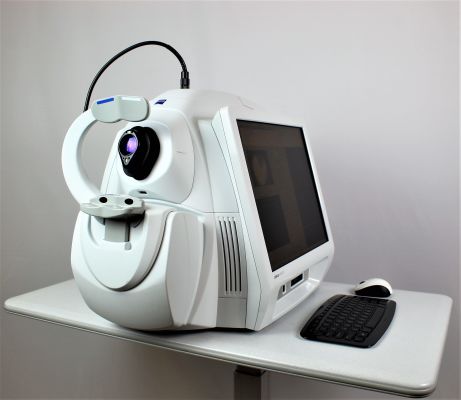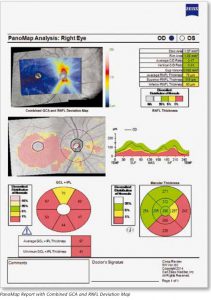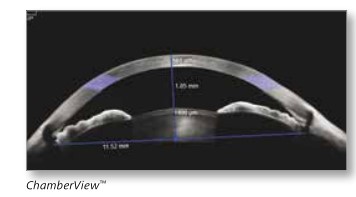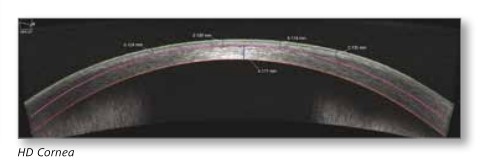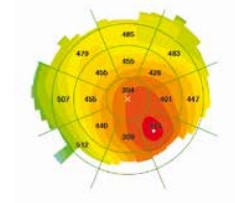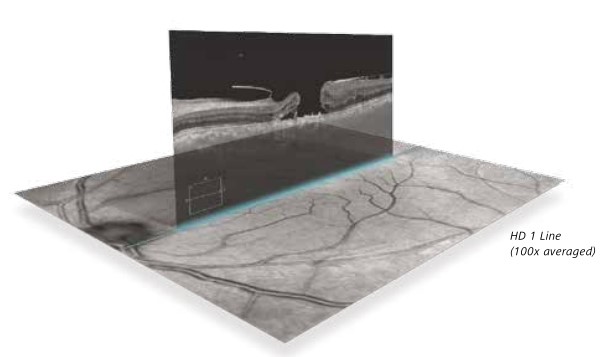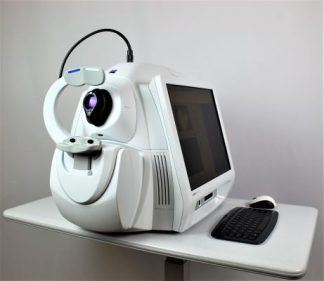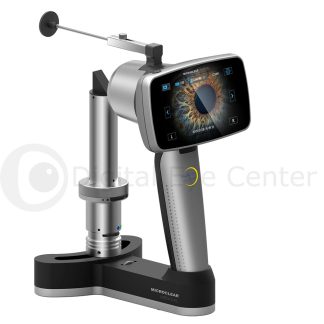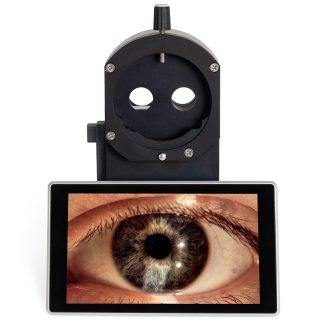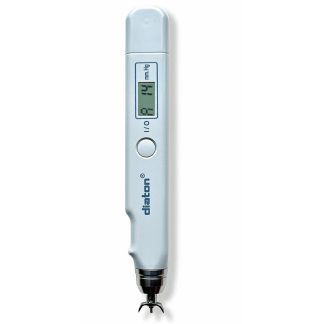Description
The Zeiss Cirrus 5000 HD-OCT improves on the Cirrus 4000 model in hardware and software. It retains the most essential features of the 4000 model and upgrades on hardware and Smart HD Scans.
Eye motion artifacts are reduced with FastTrac retinal tracking, which enables tracking of the current scan to the position of a previous scan, which provides a better progression analysis.
The monitor has been improved, too, with a 19-inch display for high-definition scans.
NEW PanoMap Analysis
Wide-field structural damage assessment for glaucoma
-
Zeiss PanoMap The New PanoMap wide-field analysis displays structural data for the entire posterior pole—RNFL, ONH, and GCO metrics show the extent of structural damage.
- At-a-glance insight — A single analysis for integrated insights into early pathologies
- Backward-compatible –PanoMap uses existing Macular Cube and Optic Disc Cube scans to provide a wide-field view of the posterior pole without altering scan protocols.
NEW Anterior Segment Premier Module from Zeiss
The first retinal OCT with complete anterior chamber imaging and measurements
ChamberView image – Chamberview provides an expansive 15.5 mm wide view of the anterior chamber with objective tools for measuring anterior segment ocular structures.
HD Cornea Scan—This 9mm high-resolution scan includes versatile tools for measuring the thickness of the residual stromal bed, LASIK flap, and other corneal structures.
Pachymetry Map –9 mm pachymetry map highlights corneal irregularities and identifies the thinnest point for refractive surgery screening.
NEW OCT Goniometry
A non-contact method to help identify patients at risk of angle closure glaucoma

NEW Smart HD Scan Patterns
Targeted visualizations of critical anatomy.
The automatic centering of scans ensures that the fovea is seen in each patient.
Technical Specifications
| OCT Imaging | |
| Methodology | Spectral Domain OCT |
| Optical source | Superluminescent diode (SLD), 840 nm |
| Scan speed | 27,000 – 68,000 A-scans per second |
| A-scan depth | 2.0 mm (in tissue), 1024 points |
| Axial resolution | 5 µm (in tissue) |
| Transverse resolution | 15 µm (in tissue) |
| Fundus Imaging | |
| Methodology | Line scanning ophthalmoscope (LSO) |
| Live fundus image | During alignment and OCT scan |
| Optical source | Superluminescent diode (SLD), 750 nm |
| Field of view | 36 degrees W x 30 degrees H |
| Frame rate | > 20 Hz |
| Transverse resolution | 25 µm (in tissue) |
| Iris Imaging | |
| Methodology | CCD camera |
| Resolution | 1280 x 1024 |
| Live iris image | During alignment |
| Electrical and Physical | |
| Weight | 80 lbs (36 kg) |
| Dimensions of instrument | 26L x 18W x 21H (in) 65L x 46W x 53H (cm) |
| Dimensions of table | 39L x 22W (in) 99L x 56W (cm) |
| Fixation | Internal, external |
| Internal fixation focus adjustment | -20D to +20D (diopters) |
| Electrical rating (115V) | Single Phase, 100–120V~ systems: 50/60Hz, 5A |
| Electrical rating (230V) | Single Phase, 220–240V~ systems: 50/60Hz, 2.5A |
| Internal Computer | |
| Operating system/processor | Windows ® 7, 4 th generation i7 Intel ® processor |
| Memory | 16 GB |
| Hard drive/internal storage | ≥ 2 T > 200,000 scans |
| Display | Integrated 19“ color flat panel display |
| USB ports | Six ports |

